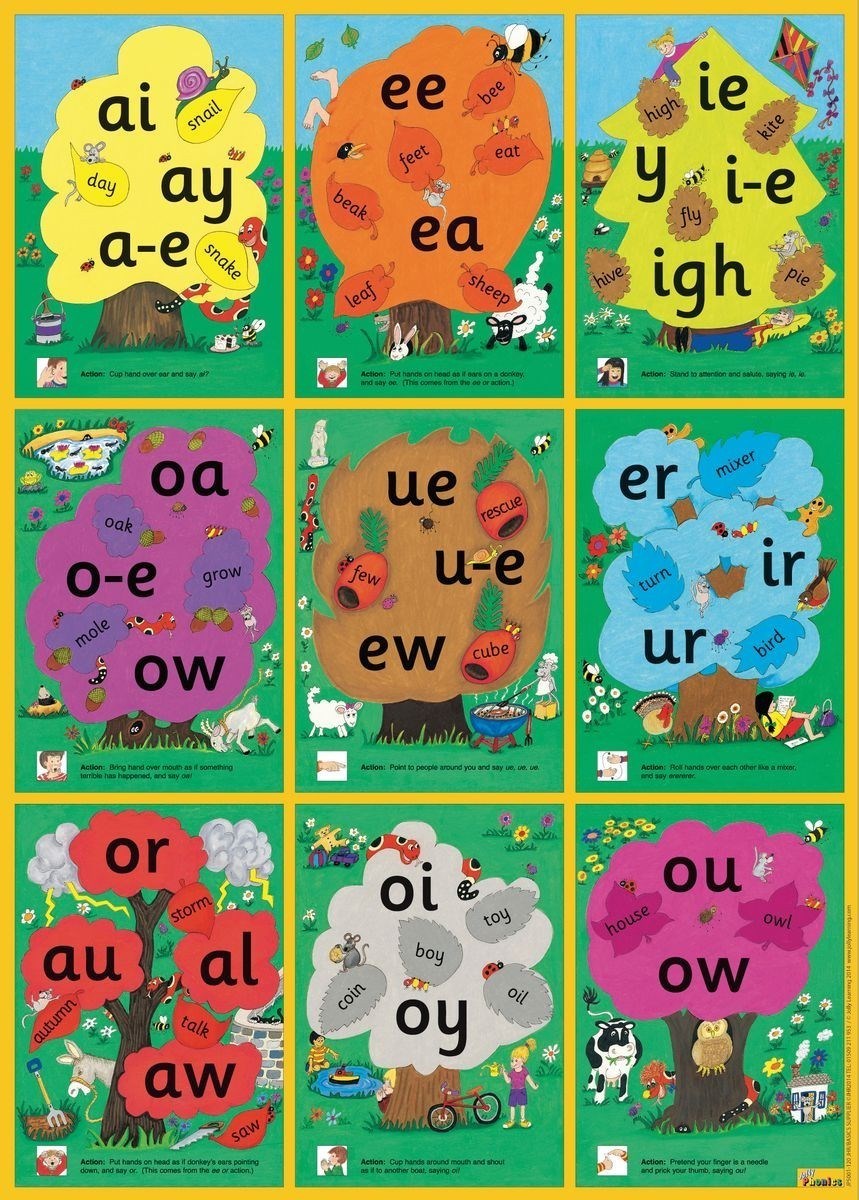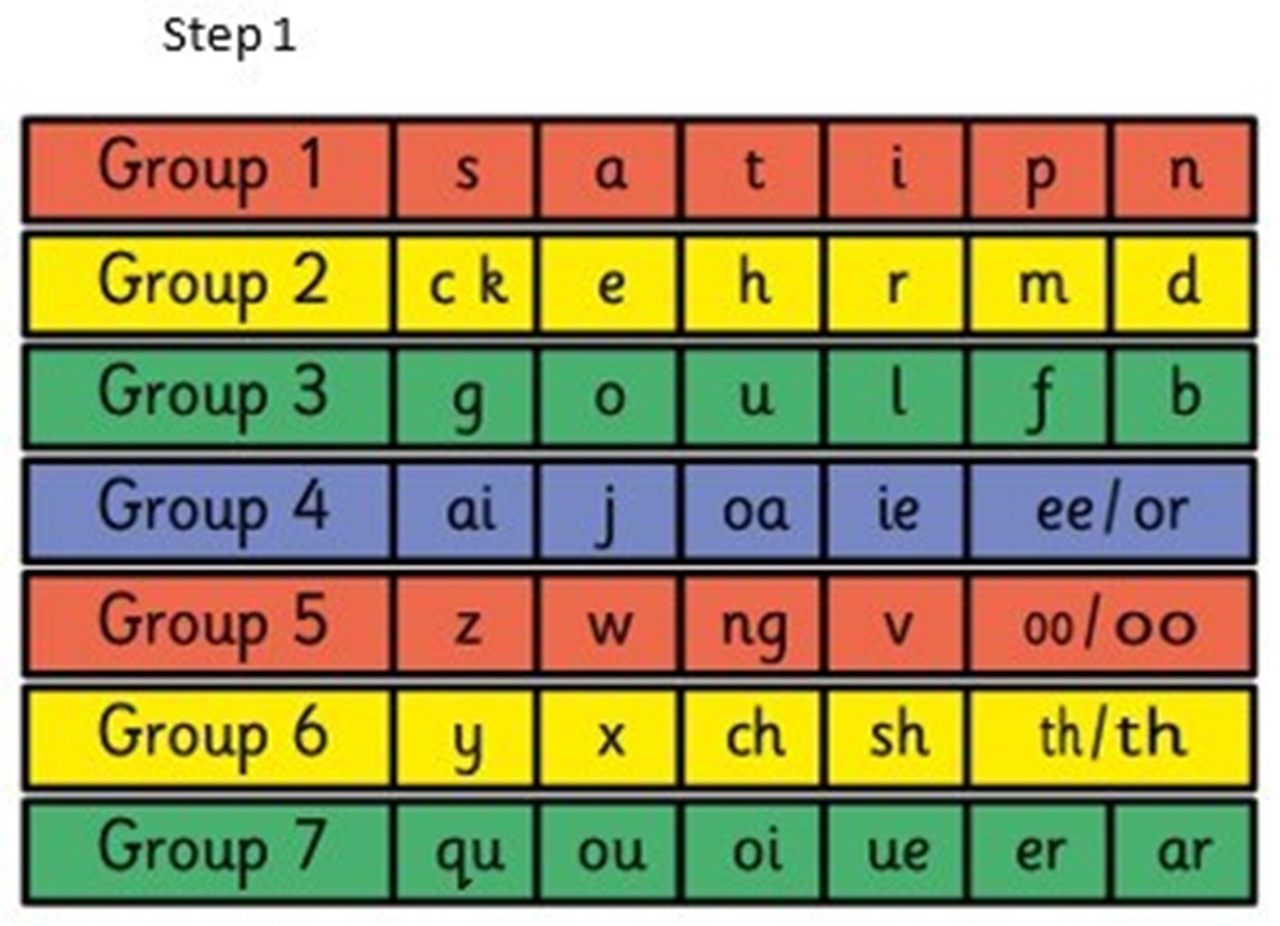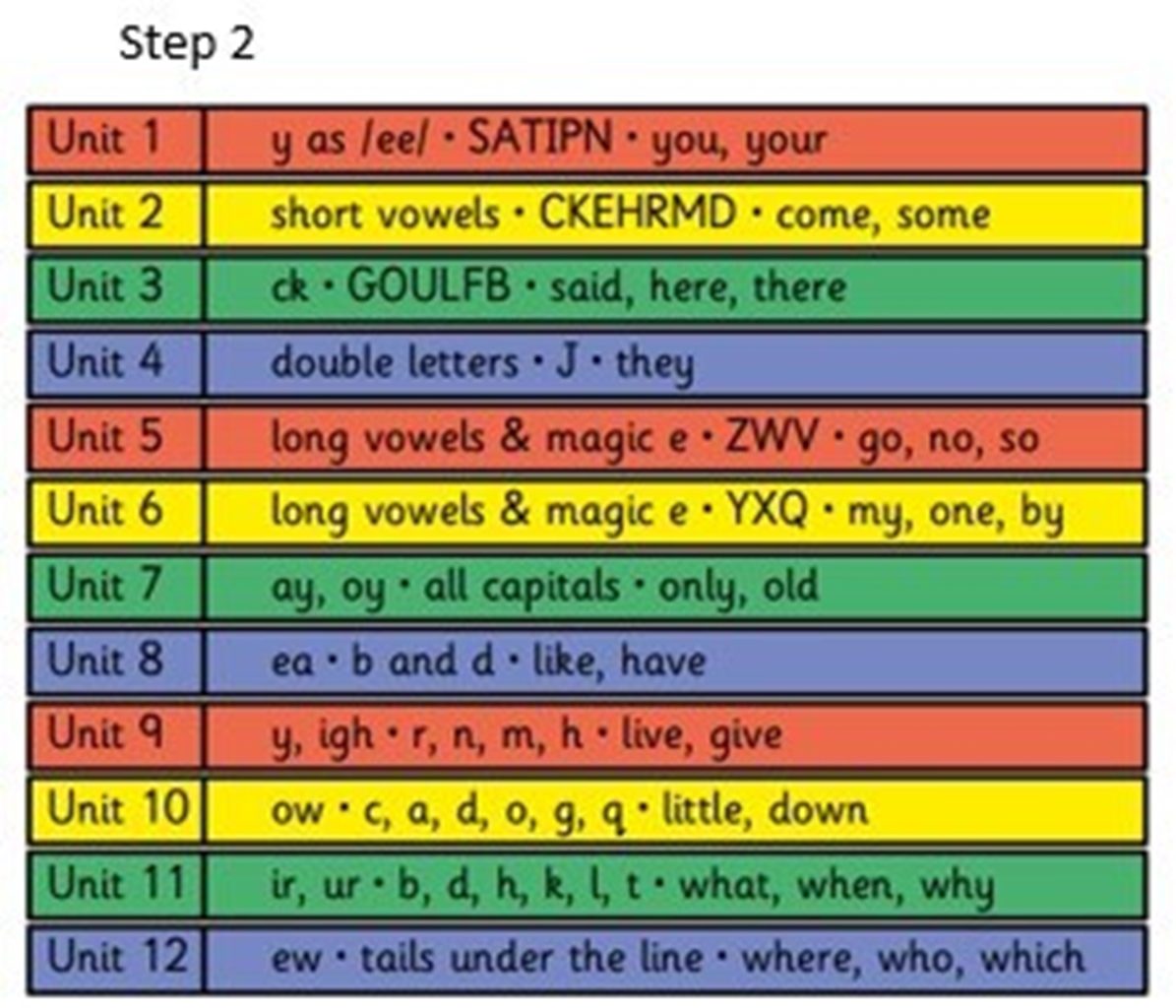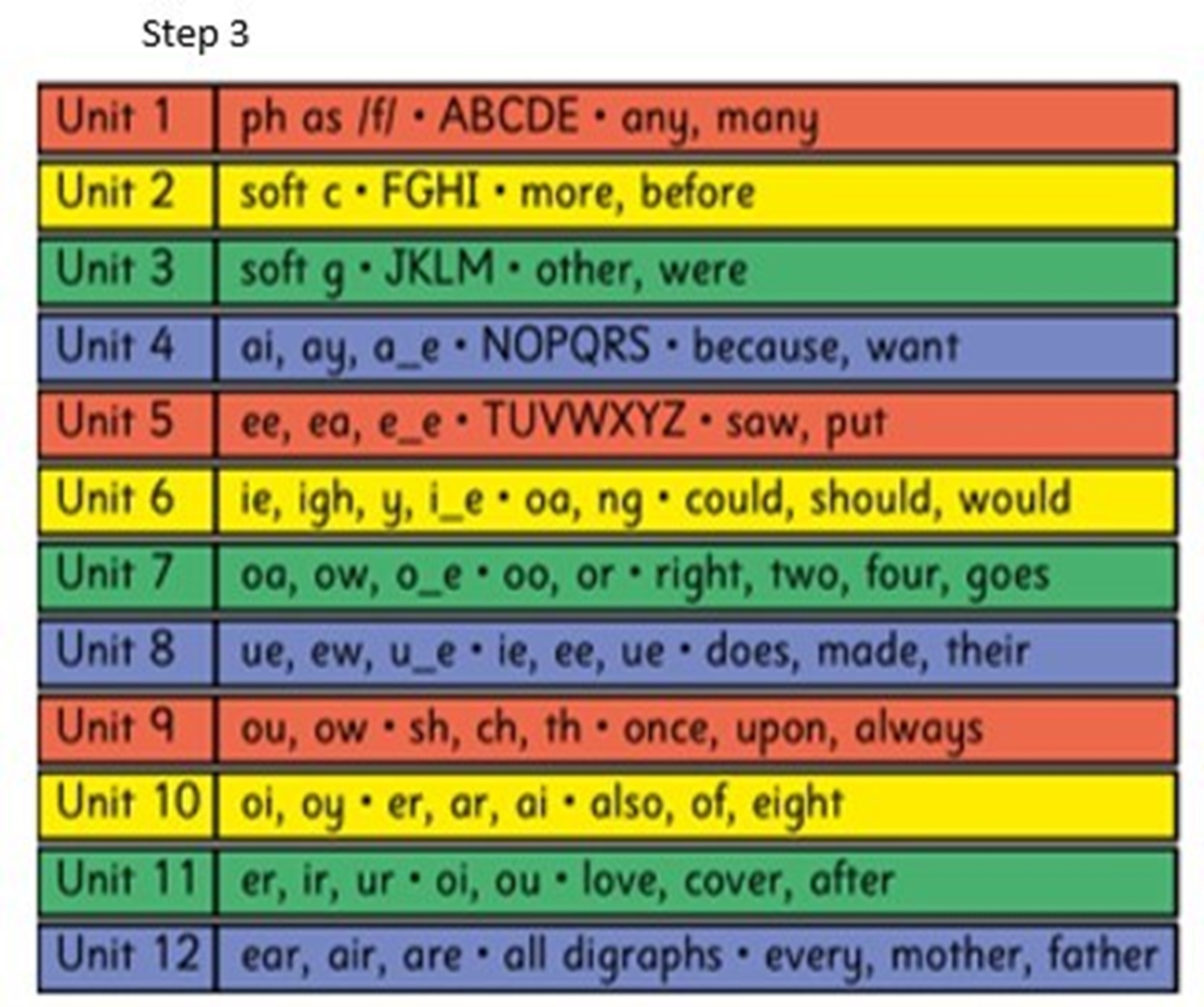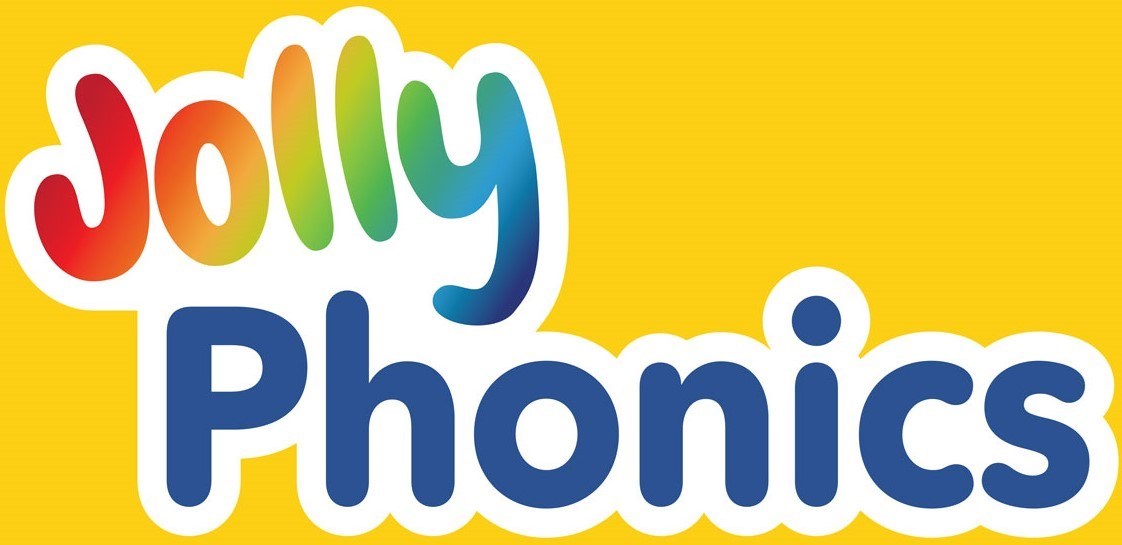
Jolly Phonics
At Jesson's we use the Jolly Phonics scheme.
Jolly Phonics, teaches children to read and write using synthetic phonics, which is widely recognised as the most effective way to teach children to read and write in English.
Jolly Phonics is a comprehensive programme, based on the proven, fun and muliti-sensory synthetic phonics method that gets children reading and writing from an early age. This means that we teach letter sounds as opposed to the alphabet. These 42 letter sounds are phonic building blocks that children, with the right tools, use to decode the English language. When reading a word, they recognise the letters and blend together the respective sounds; when writing a word they identify the sounds and write down the corresponding letters. These skills are called blending and segmenting. These are two of the five skills that children need to master phonics:
Learning the letter sounds:
Children are taught 42 letter sounds, which is a mix of alphabet sounds (1 sound – 1 letter) and digraphs (1 sound – 2 letters) such as sh, th, ai and ue. Using a multi-sensory approach each letter sound is introduced with fun actions, stories and songs.
We teach the letter sounds in 7 groups of 6 letters at a pace of 4-5 sounds a week. Children can start reading after the first group of letters have been taught and should have been introduced to all the 42 letter sounds after 9 weeks at school.
Learning letter formation:
This is taught alongside the introduction of each letter sound. Typically, children will learn how to form and write the letters.
Blending:
Once the first few letter sounds are learnt, children begin blending the sounds together to help them read and write new words.
Segmenting:
When children start reading words, they also need to start identifying the phonic components that make the word sound the way it does. By teaching blending and segmenting at the same time children become familiar with assembling and breaking down the sounds within words.
Tricky words:
These are words with irregular parts, such as ‘who’ and ‘I’. Children learn these as exceptions to the rules of phonics. Introducing the common tricky words early in the year increases reading fluency (as they frequently occur in those first simple sentences you might expect them to read).
The order Jolly Phonics is taught.
Alternative sound groups
